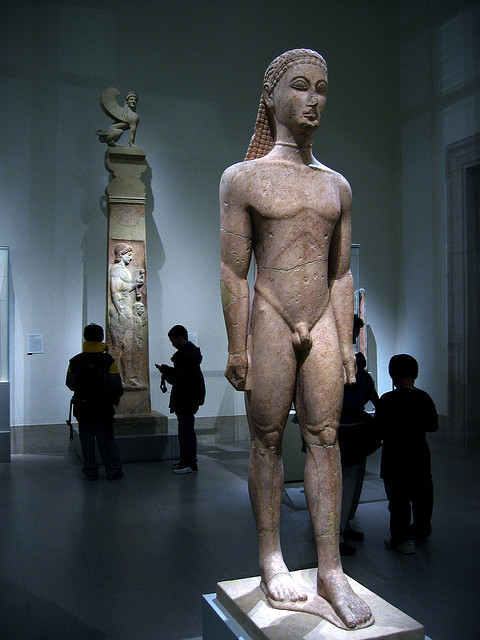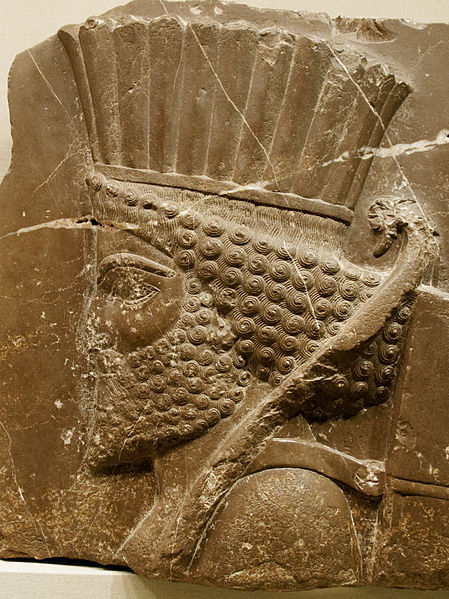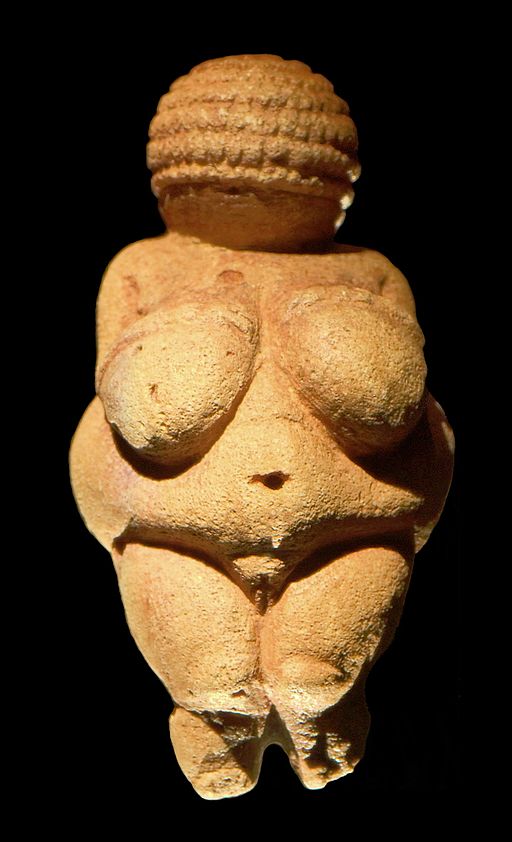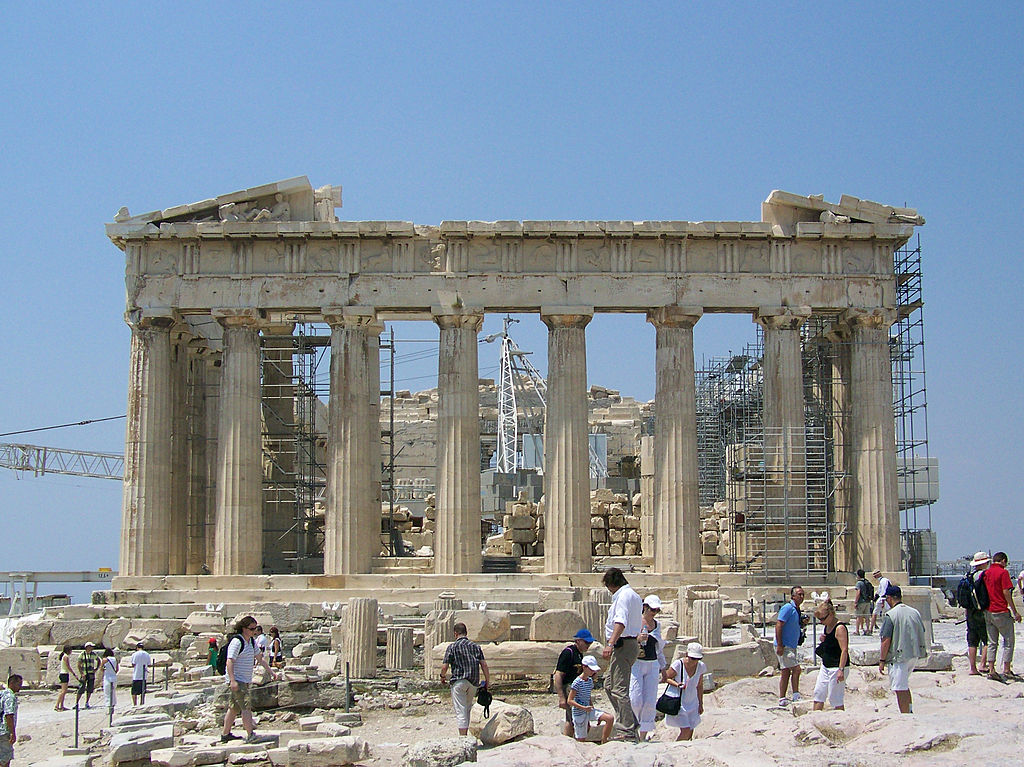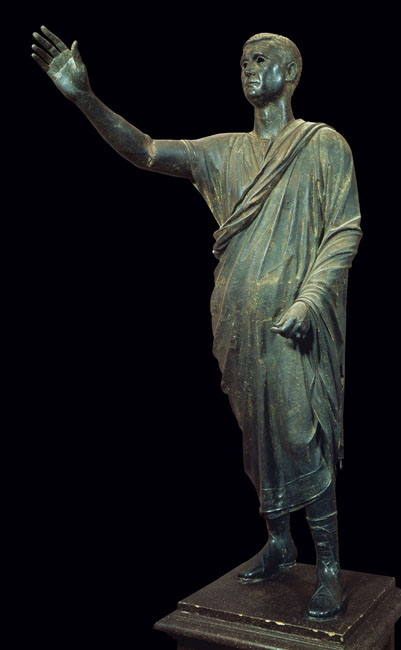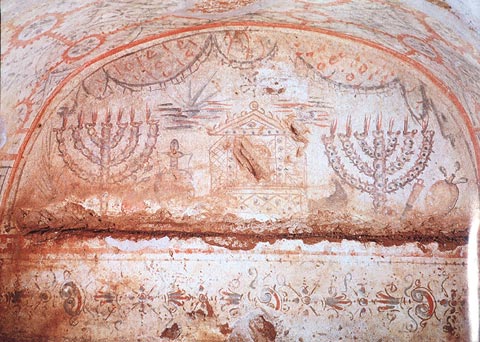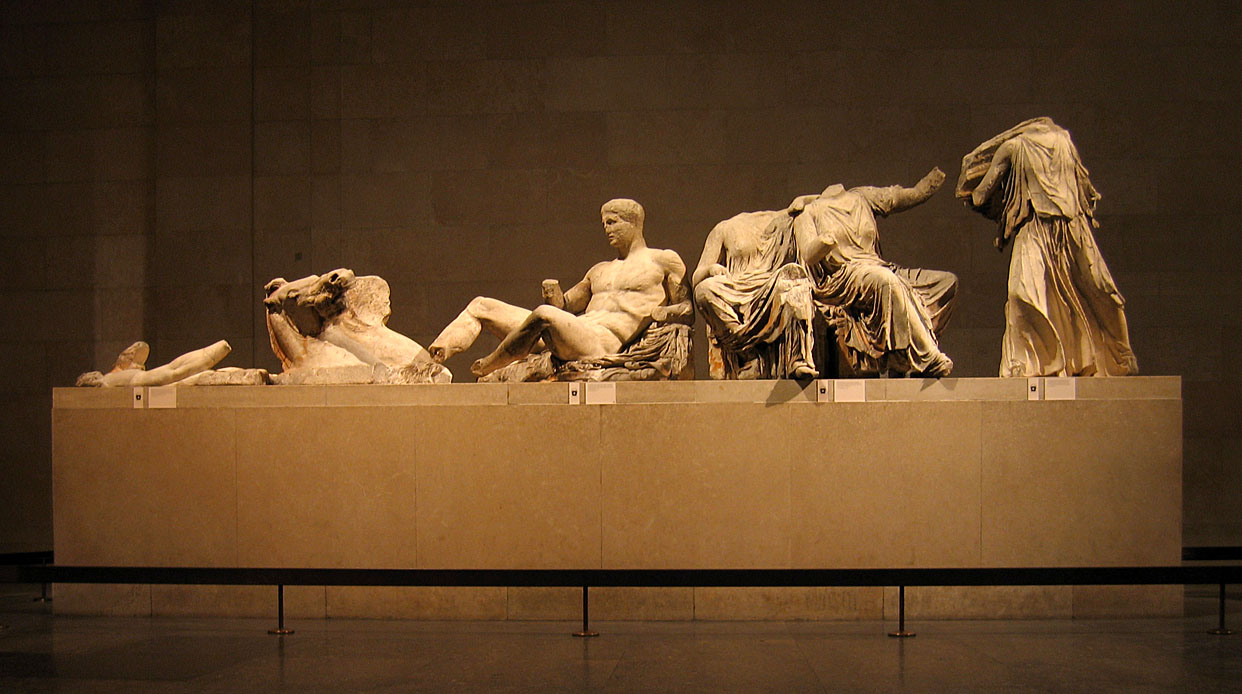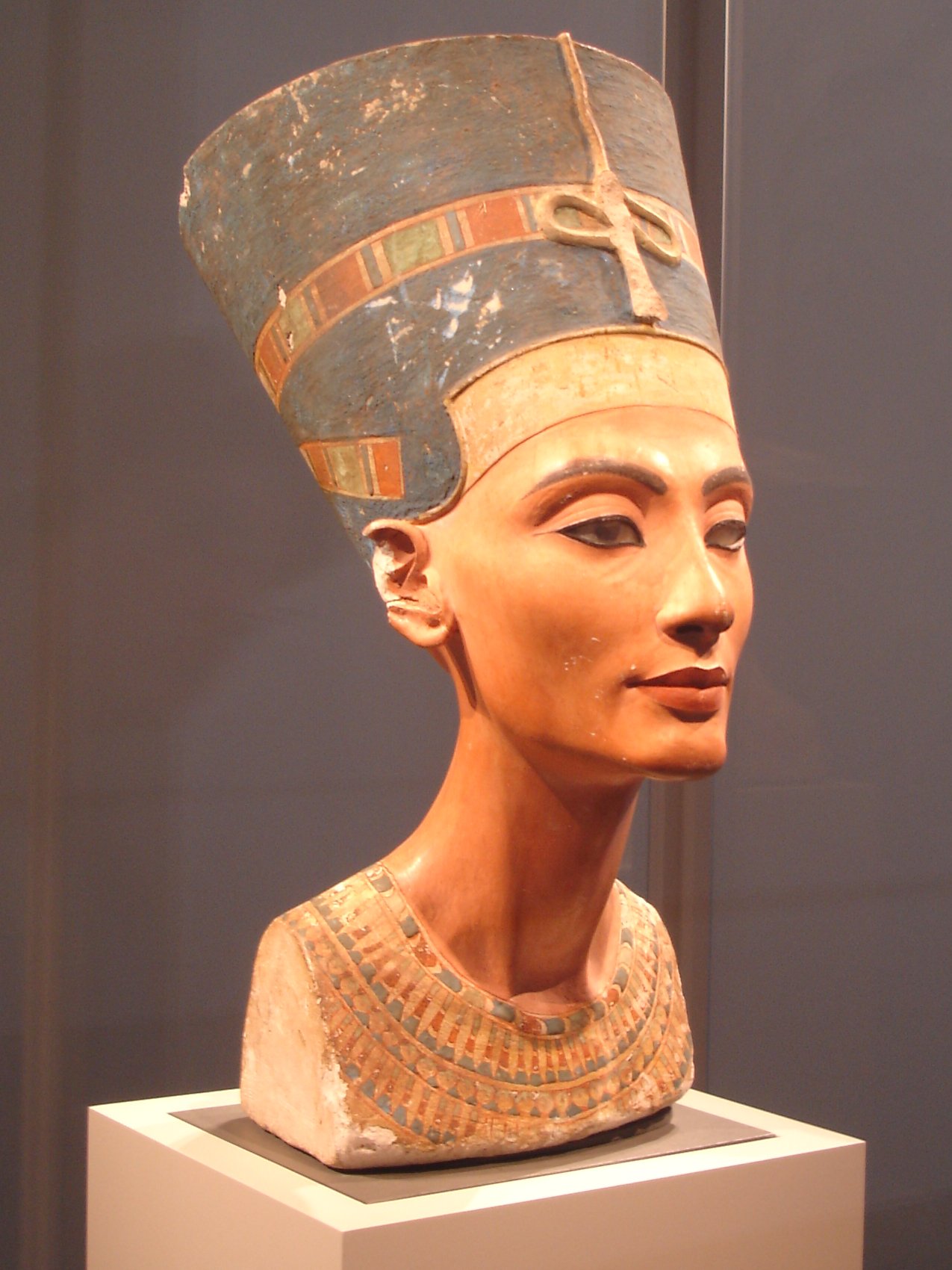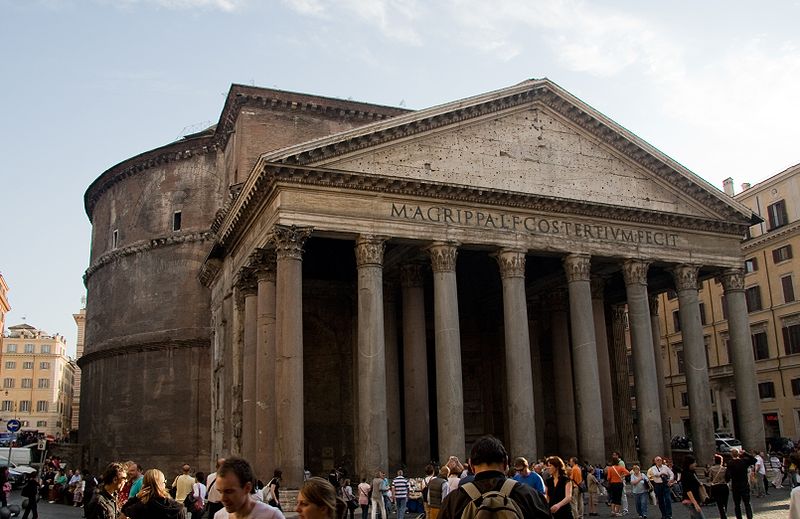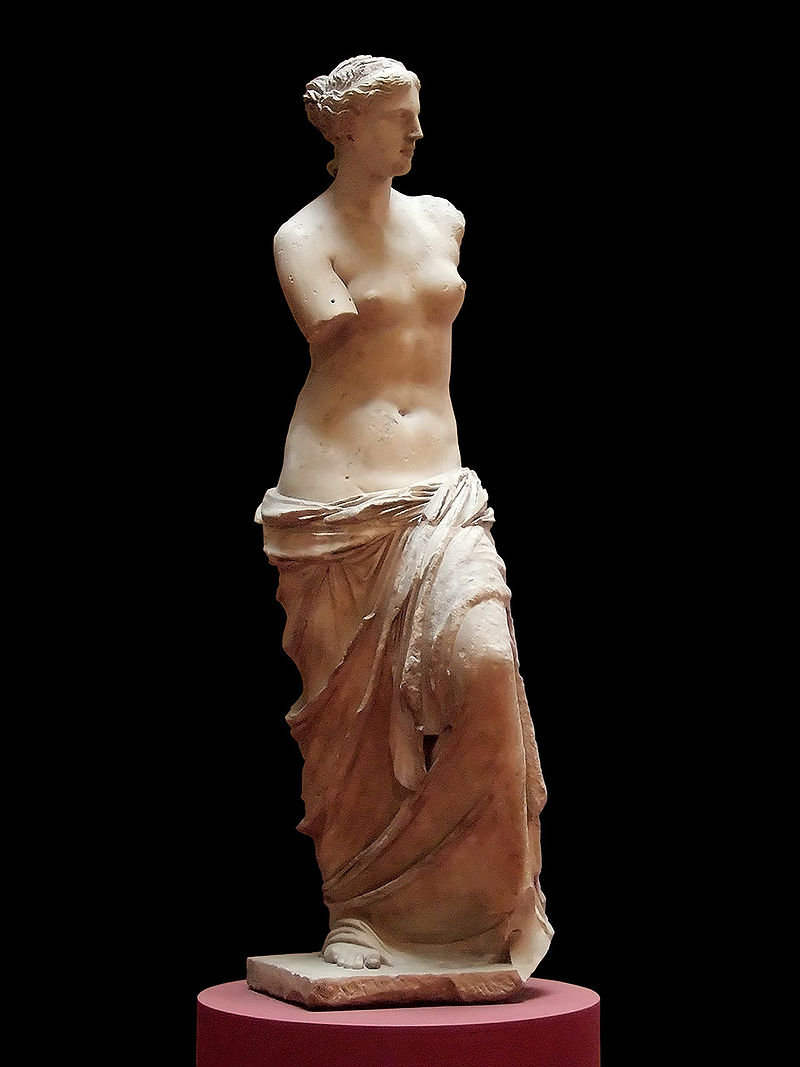Verism (noun) From the Latin word meaning “true,” verism is the name of a style of portraiture that is hyperrealistic and emphasizes individual features. The Romans created veristic portraits of older men most likely because the style conveyed experience as … Continue reading
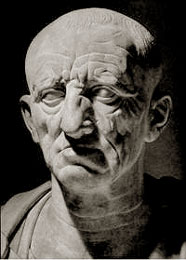 Head of a Roman Patrician from Otricoli, c. 75-50 BCE, Marble, 1’ 2” high, Museo Torlonia, Rome, Public Domain via Wikimedia Commons.
Head of a Roman Patrician from Otricoli, c. 75-50 BCE, Marble, 1’ 2” high, Museo Torlonia, Rome, Public Domain via Wikimedia Commons.

